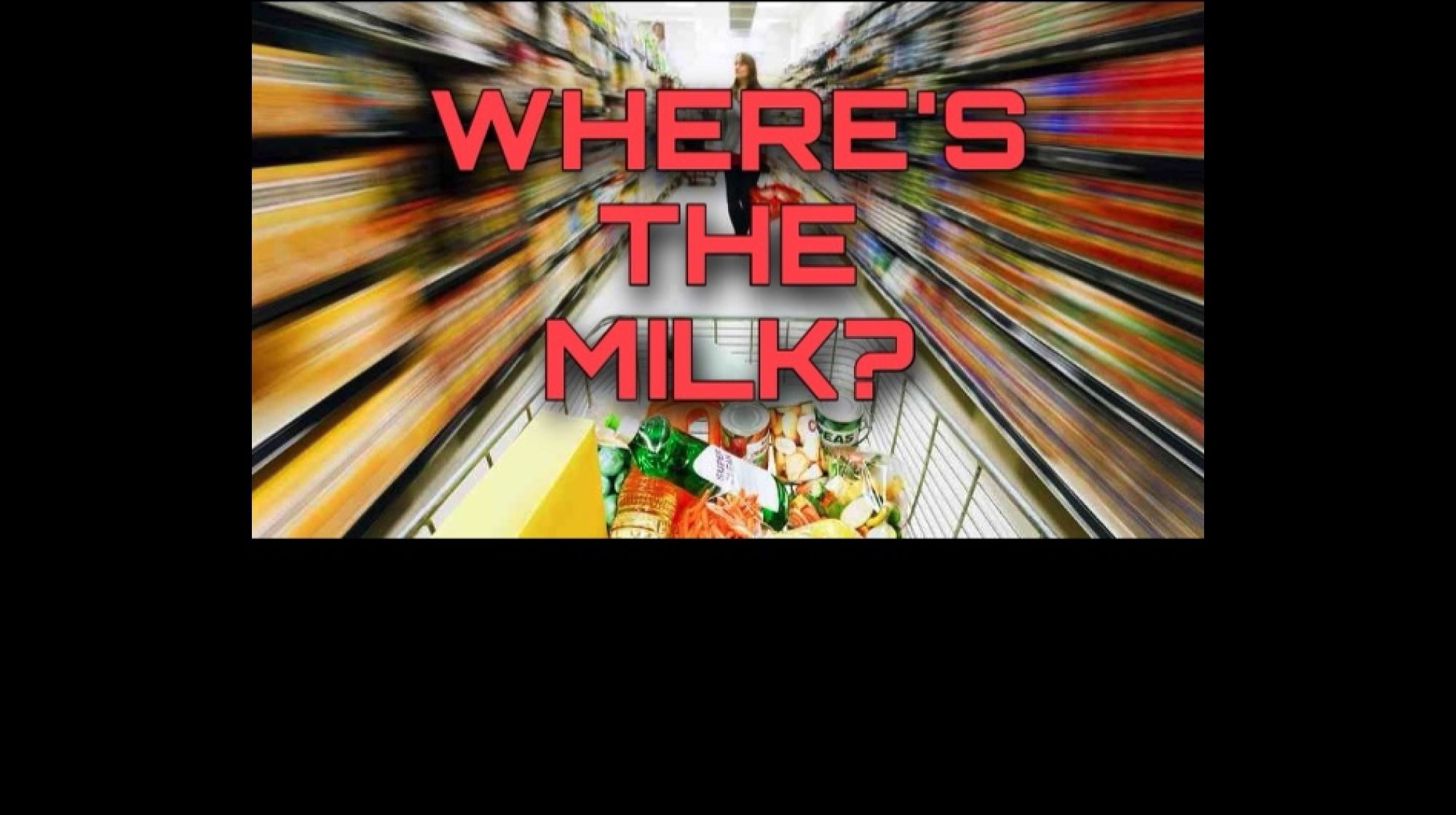This week I did the following tasks:
- Integrated motion and object detection for live testing
- Completed a function live setup
- Used a webcam rather than raspberry pi uno to ensure functionality prior to dealing with increased complexity of raspberry pi
- Use of single webcam to test out the pivot we recently decided which was to use a single camera for both motion and item detection
- Physical parameters of setup
- Camera placed 5 ft away from front of shelf and 3 ft above the found
- Items Tested:
- protein powder, quick oats, empty milk container, cereal, chia seeds, peanut butter, brownie mix, tuna, ziploc box, vegetable oil, paper towels
- Recorded a video clip of the testing, and incorporated that into our final presentation
- System was able to detect motion
- Finite state control mechanism functioned properly to trigger the object detection
- Object detection worked accurately – presence detection and bounding boxes were correct – for all of the items except the following:
- empty milk, vegetable oil
- Used a webcam rather than raspberry pi uno to ensure functionality prior to dealing with increased complexity of raspberry pi
- Completed a function live setup
- Continued working on the video script
- Worked on the project poster
In terms of schedule, I feel my biggest worry is setting up the wireless system with the raspberry pi’s and integrating control and file transfer with the website
What Next
- Establish working system with wireless raspberry pi camera setup
- Establish file transfer and control a.k.a. functional integration between raspberry pi and website
